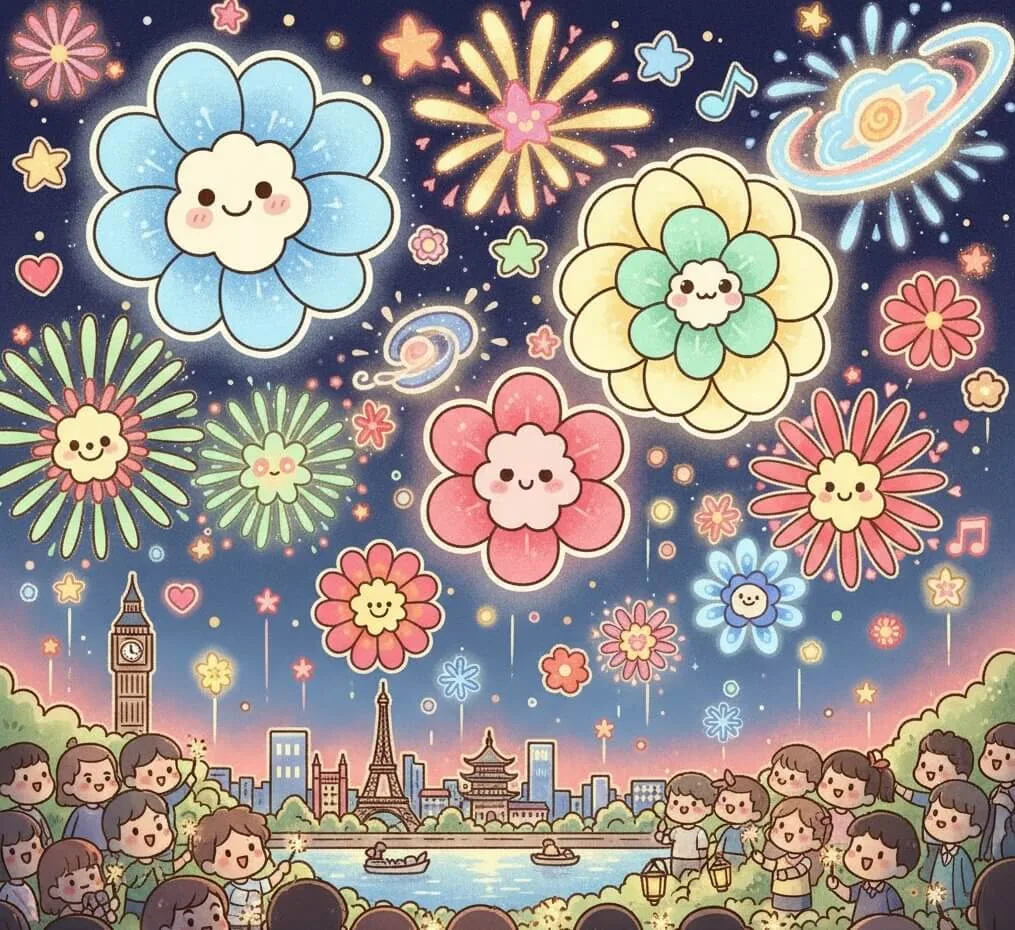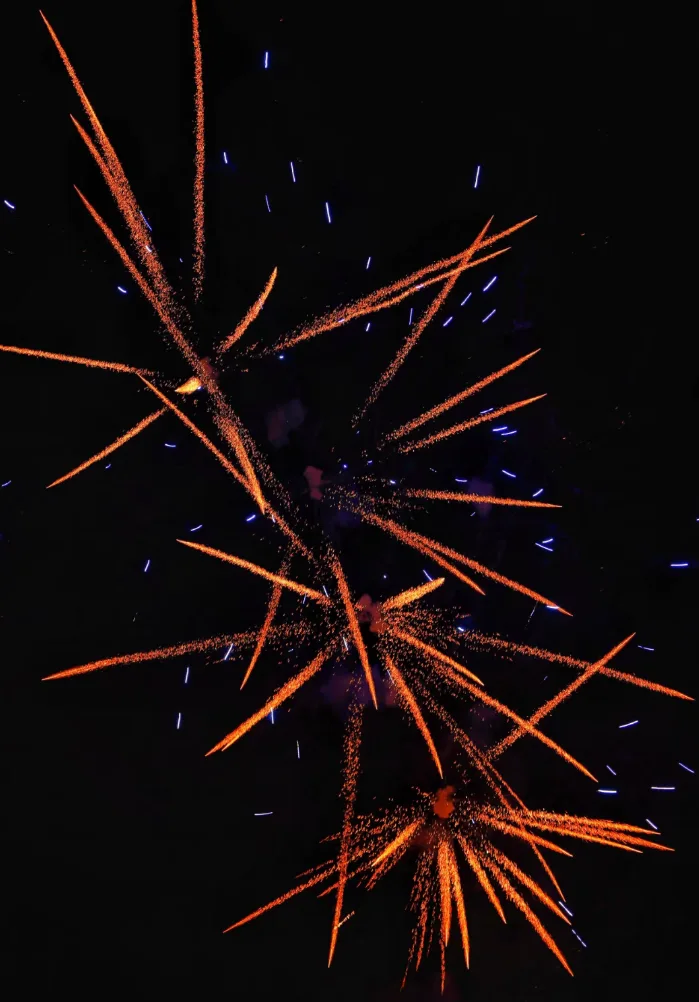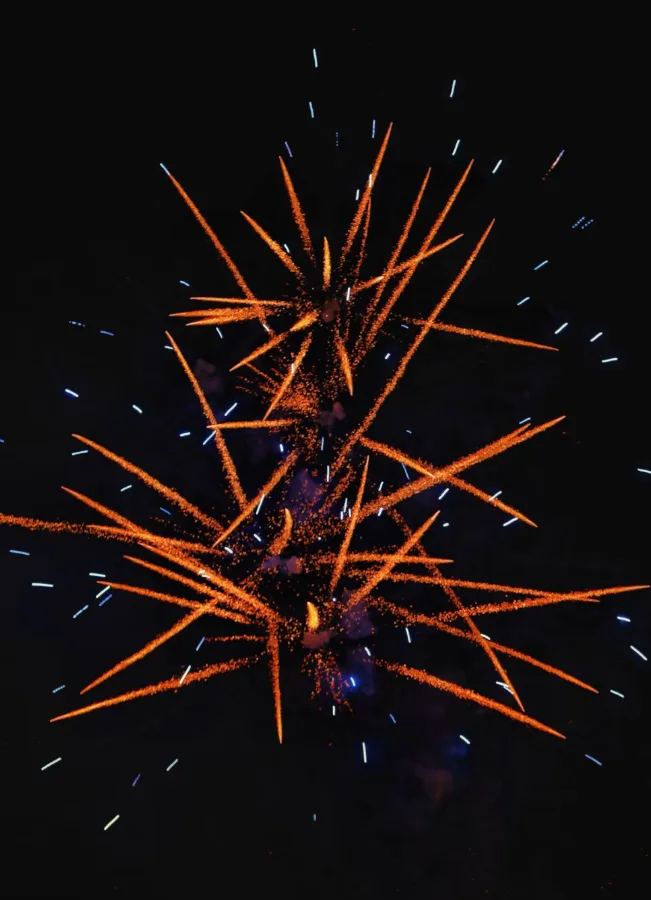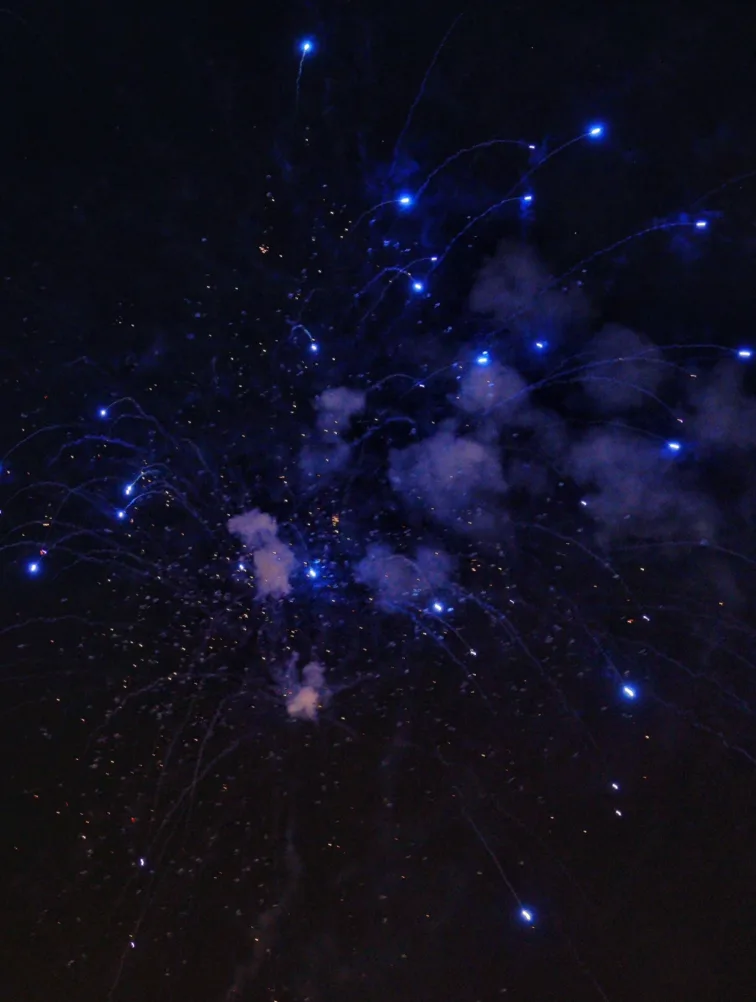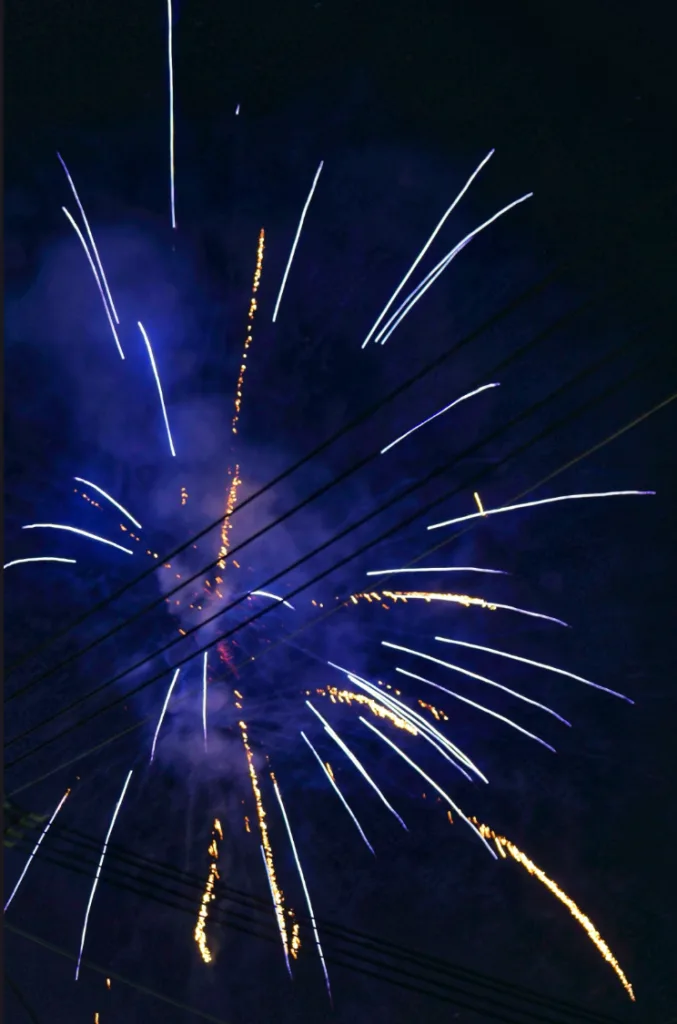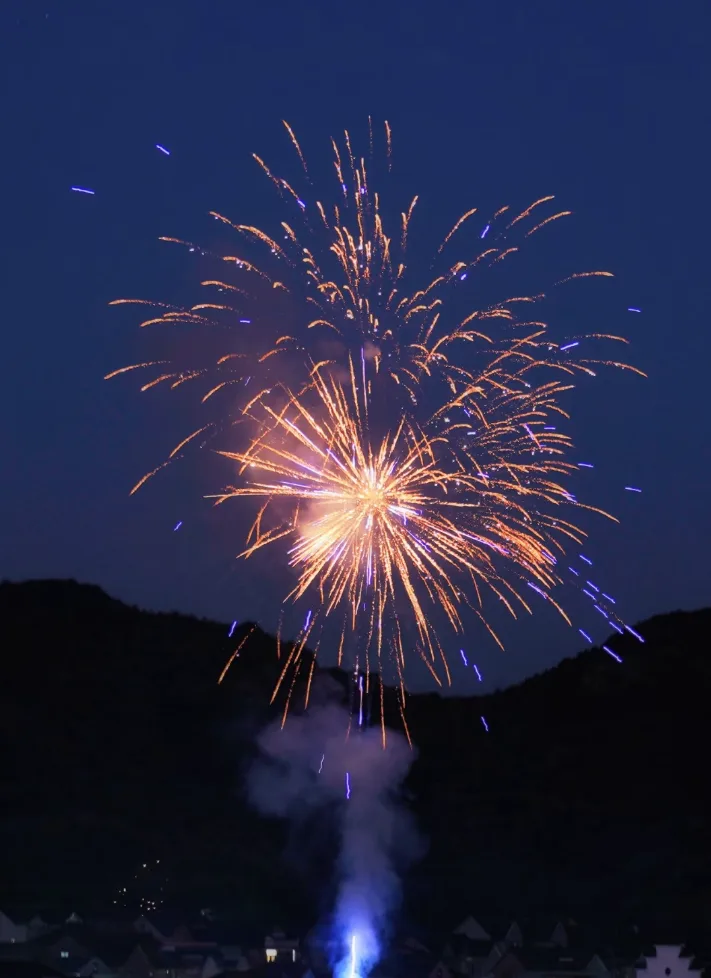The Origin of Firelight: A Millennial Evolution from Bamboo Explosions to Gunpowder
Fireworks, a transient art form that blends incandescent light with booming sound, have not only illuminated countless celebrations but also embody humanity's profound longing for mystery, beauty, and collective joy. To truly grasp the allure of fireworks, we must trace their long history back to their initial sparks. The origin of fireworks is widely attributed to China between the 7th and 9th centuries A.D.
However, even before their formal appearance, primitive "firecrackers" existed—hollow bamboo stalks thrown into a fire would explode due to the superheated air inside, producing a sharp bang. This sound was not initially for entertainment but was imbued with the mystical power to ward off evil spirits, which ancient agrarian societies believed could repel malevolent forces and ensure peace and bountiful harvests.
The truly revolutionary breakthrough was undoubtedly the advent of gunpowder. According to legend, during the Tang and Song Dynasties, alchemists, in their quest for an elixir of immortality, inadvertently mixed saltpetre, sulfur, and charcoal in specific proportions, discovering this powder's highly combustible properties. When this
"Black medicinal stone" was cleverly packed into tubes and ignited, the earliest form of fireworks with controlled explosive effects was born. Initially, their function still focused on producing sound and simple flashes of light for religious ceremonies, court celebrations, and military signals. But over time, this unique art of combustion gradually evolved into more complex forms and richer applications, laying the groundwork for the brilliant displays that followed.
Master of Light and Shadow: The Chemistry and Art of Pyrotechnics
The reason modern fireworks can display such dazzling colors and endlessly varied patterns is not merely simple combustion, but a perfect fusion of precise chemical principles and engineering prowess. Early fireworks introduced to the West were relatively monochromatic, mostly consisting of an orange-yellow incandescent flame. It was not until the 16th century, with advances in chemical knowledge, that European pyrotechnicians, particularly manufacturers in Italy, began systematically exploring the addition of various metallic salts to gunpowder formulations.
These metallic salts play the decisive role in coloring fireworks. When the "stars" (pre-made colored pellets) within a firework ignite after being launched high into the sky and exploding, the extreme temperatures excite the atoms of the metallic elements. These excited atoms' outermost electrons jump to higher energy orbits. However, this high-energy state is unstable, and the electrons quickly fall back
to lower energy levels, releasing photons of specific wavelengths in the process. Different metallic elements have distinct atomic structures, and thus they release photons of different wavelengths, producing unique visible colors:
Strontium salts (e.g., strontium nitrate) produce rich reds.
Barium salts (e.g., barium chloride) create vibrant greens.
Copper salts (e.g., cuprous chloride) yield pure blues.
Sodium salts (e.g., sodium nitrate) display bright yellows.
White is typically produced by the high-temperature combustion of magnesium or aluminum powder, while purple is a clever blend of red and blue.
The pyrotechnician's role is to meticulously control the gunpowder ratio, the type of metallic salt, and the burn rate to ensure the final patterns and colors appear accurately in the night sky. They are not only masters of chemistry but also artists, carefully designing the internal structure of the firework, including the arrangement of the "stars," launch height, explosion timing, and fuse burn rate. From single comet trails to blooming peonies, weeping willows, and spinning beehives, every aerial spectacle is the culmination of a deep understanding of mechanics, chemistry, and aesthetics.
A Symbol of Collective Memory: Fireworks in Global Cultural Contexts
Beyond their technological and visual aspects, fireworks have constructed a vast and diverse system of cultural symbols worldwide. They serve as vessels for collective human emotions and historical narratives, uniquely connecting the past, present, and future.
In China and other East Asian regions, fireworks play a central role in traditional festivals like the Lunar New Year and Lantern Festival. They are not merely celebrations but also expressions of reverence for deities, remembrance of ancestors, and prayers for happiness and prosperity in the coming year. The deafening sounds are a farewell to misfortune, and the swirling, vibrant lights are an embrace of hope.
In the Western world, fireworks are often deeply intertwined with national identity and the spirit of independence. In the United States, the annual Independence Day (July 4th) fireworks display is a tribute to liberty and the national spirit. France's Bastille Day (July 14th) fireworks symbolize revolution, equality, and unity. These performances serve as crucial rituals for civil society to unite and commemorate historical moments.
In India, during Diwali, fireworks illuminate the night, symbolizing the triumph of light over darkness and good over evil. They are not just a visual treat but a materialization of faith and hope. In Japan, the Hanabi (fire flowers) at summer festivals carry a deeper philosophical meaning. Their beautiful yet fleeting nature is seen as a concrete embodiment of Mono no aware—a profound appreciation and wistful awareness of the impermanence of life and the fleeting beauty of the world.
Whether it's New Year's Eve across the globe or international events like the Olympics and World Cup, fireworks serve as the ultimate climax that ignites passion and unites hearts. They burst forth in the darkness, with their majestic power and brilliant colors, evoking the most primal awe and emotion. Fireworks are not merely a display of physical phenomena; they are a silent ode to life, time, togetherness, and hope, connecting the hearts of every viewer and forging shared festive memories across generations.

